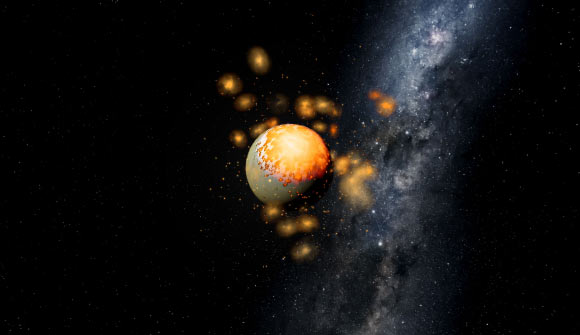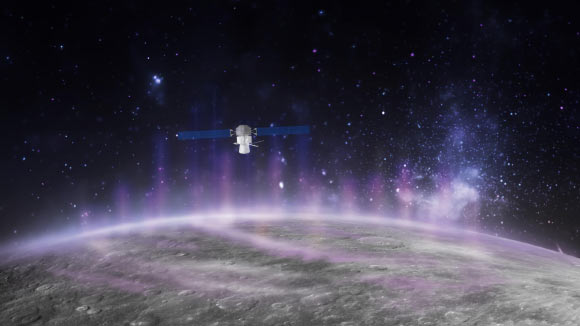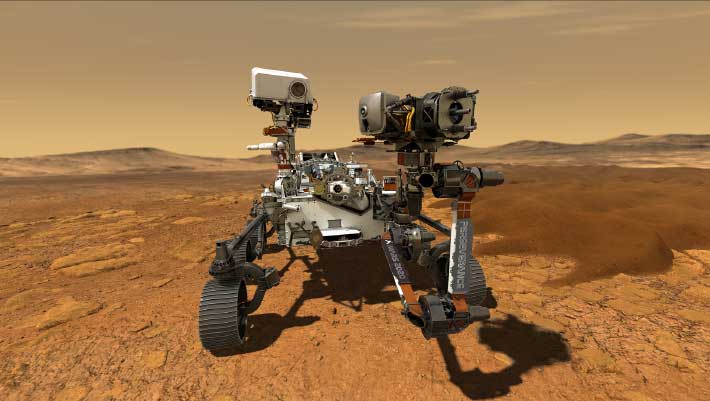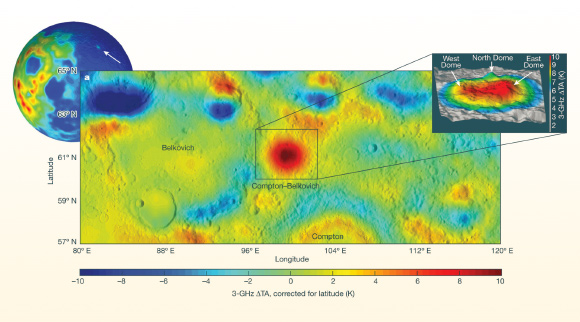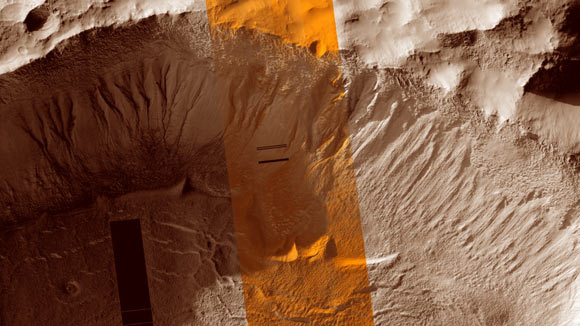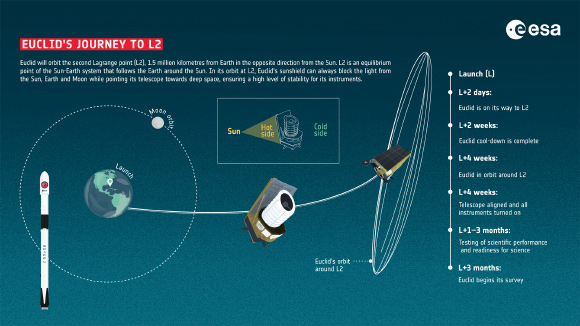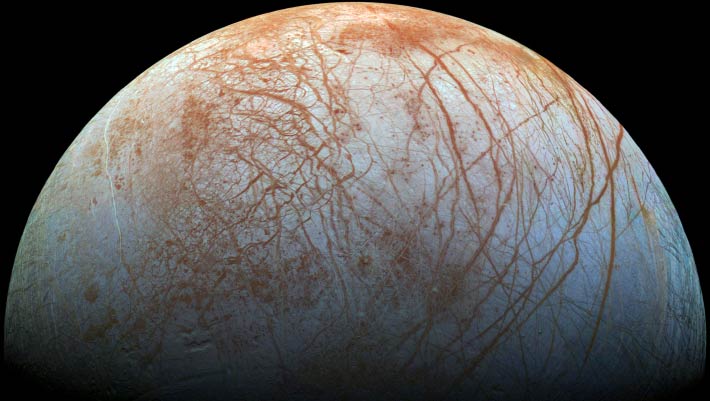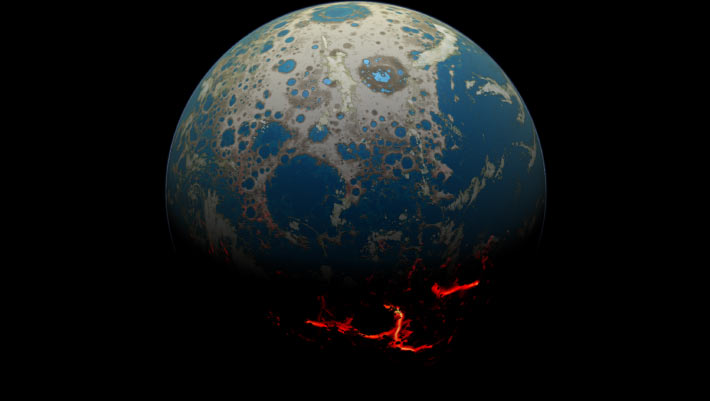Early, Energetic Collisions Could Have Fueled Venus Volcanism: Study
New research shows that long-lived volcanism, driven by early, energetic collisions on Venus, offers an explanation of its young surface age with stagnant-lid tectonics. This volcanic activity is fuelled by…


